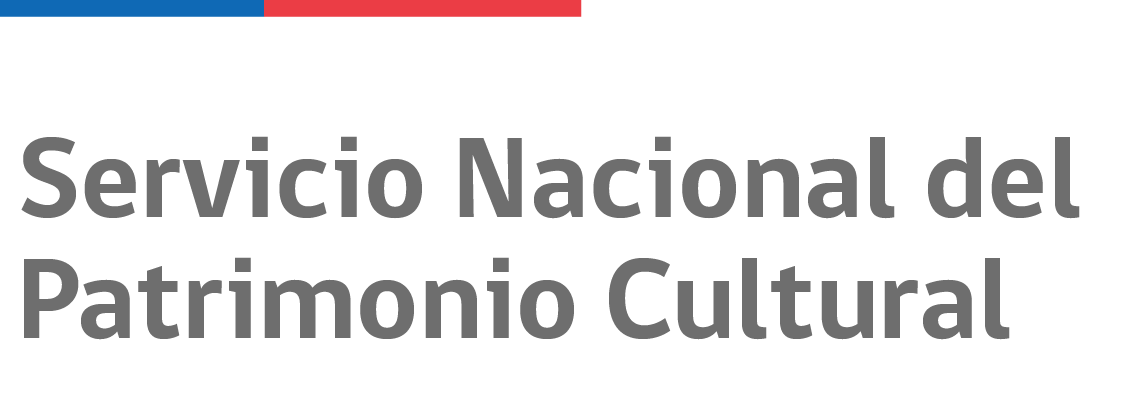
About the institution
Located 3,700 kilometers off the coast of continental Chile, Easter Island - or, to give it its indigenous name, Rapa Nui - is the earth’s most remote inhabited island. And it is home to a unique cultural phenomenon: a society of Polynesian origin that, cut off from the rest of the world, developed a tradition of monumental sculpture and architecture, characterized by its ahu ceremonial platforms and colossal moai statues.
The origin of Rapanui culture and the reasons for its subsequent decline have been the subject of many controversies. Most likely, however, it was colonized by a small group of settlers from Eastern Polynesia in around 300 AD, marking the start of a society that flourished from the tenth to the sixteenth century, before going into a decline caused by depletion of the volcanic island’s natural resources.
The Rapa Nui National Park, which has been a World Heritage Site since 1995 and was the first in Chile, contains the island’s most important archaeological sites. They include the Rano Raraku quarry where many of the moai were carved before being transported to their sites on the ahu.
The moai ranged in height from two to twenty meters and were mostly carved from the yellow–brown lava tuff, using simple picks (toki) made from hard basalt, thousands of which have been found at the quarry. There are estimated to be close to 1,000 moai left on the island, all with their distinctive heavy foreheads, pointed chins and, in most cases, elongated ears.
Another key site in the Rapa Nui Park is the Orongo ceremonial village on the crater of the Rano Kau volcano, which was the center of the mysterious “bird man” cult. Here, 54 semi-underground stone houses were built and the rocks are decorated with petroglyphs alluding to the bird man and fertility.
The Park also provides insights into the daily life on the island. It is, for example, still possible to see the manavai or “stone gardens” that were part of its ancestral agricultural systems.

